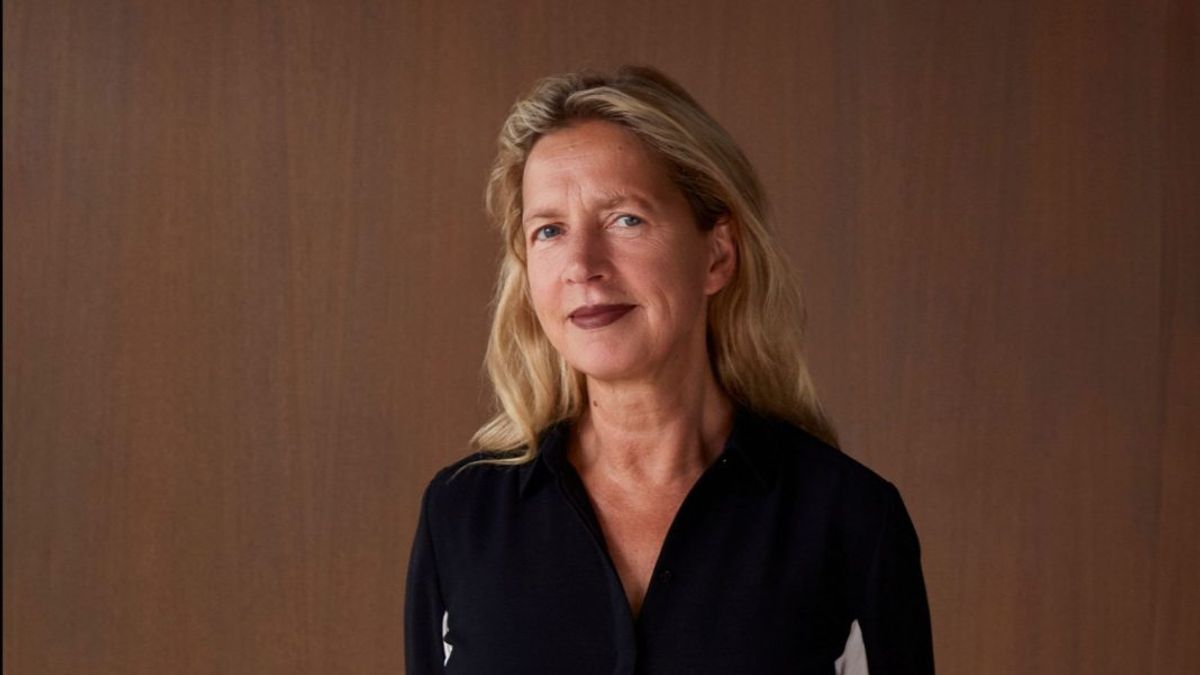Iwona Blazwick is stepping down as director of the Whitechapel Gallery in London after two decades, opening up a directorial vacancy at one of London’s most important galleries.
“As the gallery emerges from the pandemic in a strong financial position and with programmes admired and respected around the world, now seems a good time to hand over the reins,” she says in a statement. The board of trustees will immediately begin the process of recruiting a new director (the trustee search committee includes the artist Melanie Manchot and the curator David Dibosa).
In 2009, Blazwick oversaw a £13m capital project that combined the original 1901 building with the former library next door, doubling the gallery's footprint. The expansion provided a space for new commissions which launched in 2009 with Goshka Macuga’s homage to Picasso’s Guernica (1937); other artists featured in the programme include Kader Attia (2013), Alicja Kwade (2016) and Nalini Malani (2020). The expanded gallery also includes a space for exhibitions drawn from an annual “guest” private or public collection, including the D.Daskalopoulos Collection (2010), Government Art Collection (2011) and Collection Sandretto Re Rebaudengo (2012).
Blazwick has also committed to showing art by women, launching exhibitions dedicated to Nan Goldin, Alice Neel, Cristina Iglesias and Eileen Agar, presenting a retrospective last year which charted the 70-year career of the British Surrealist. In 2005, she also launched the Max Mara Art Prize for Women. Blazwick has also pledged to halve the gallery’s carbon footprint by 2030, working with the Gallery Climate Coalition charity; she will leave the Whitechapel in April but remain “emeritus curator” until 2023.
In an interview given in 2000, Blazwick outlined her plans for the Whitechapel after leaving Tate Modern where she was director of exhibitions and displays. “There’s got to be the combination of bringing important international work to London; looking at canonical figures and people who have stood outside the canon, and, of course, providing a platform for emerging artists. There’s lots of scope,” she said, adding that the Whitechapel “has got to be relevant to a professional audience but also, to have a broader appeal to a more general audience”.


